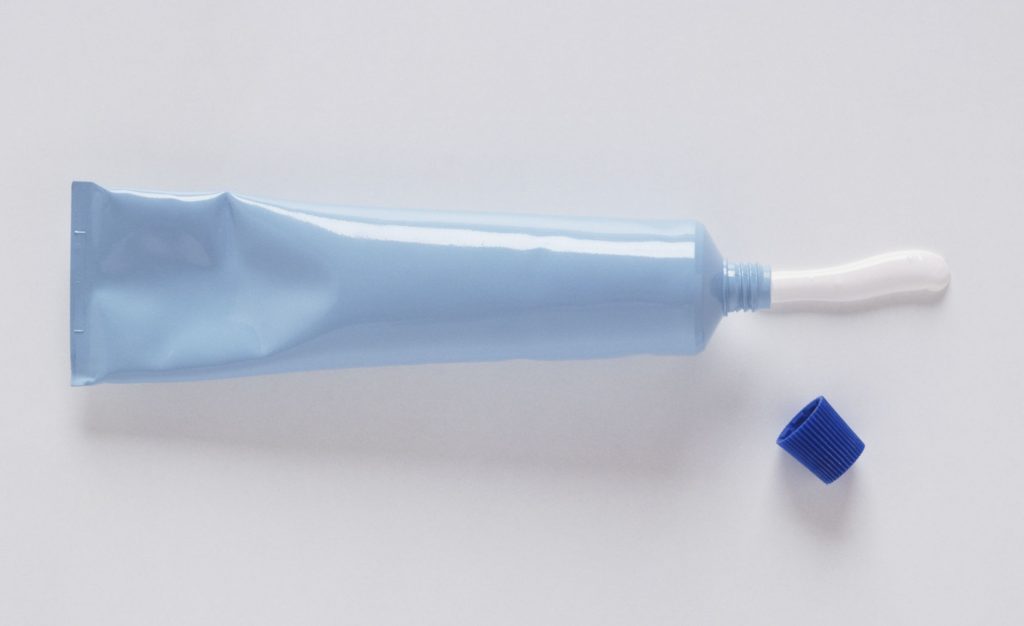FREE Shipping on Orders over $89 with Account – Create One Today!
- (844)-859-9400
- Get Help

Anyone living with an ostomy may experience leakage, leading output to come into contact with the skin immediately around the stoma. These incidents can irritate (if not erode) the peristomal skin, and can lead to adhesion and detachment issues.
Stoma paste helps anticipate and manage this potential concern. This product, in tube or strip form, serves to even out the area surrounding the stoma, including any skin folds or bulges. The result creates a flatter area for the barrier and allows for a more secure hold.
Stoma paste *does not* function as an adhesive. Rather, it is better described as a “caulk” to fill in the gaps, dips and scarring surrounding the stoma
Ultimately, stoma paste is key for creating a reliable, dependable seal for your ostomy system.
When correctly applied, the paste creates a seal that prevents fluid from leaking beneath the barrier.
Tube: This is the most common form of stoma paste. The formula typically contains a higher alcohol content than other options. This results in a more spreadable consistency but increases the risk exposure to bodily fluids will wear away the seal. Generally, this product is applied to the barrier before you secure it to the skin surrounding the stoma.
Strips: Some manufacturers, such as Coloplast and Hollister, produce paste as strips that can be arranged around the stoma. The material is flexible and allows you to apply pieces of strips in problem areas, or create a circular formation around the stoma.
Stoma paste is added directly to the barrier wafer or the skin surrounding the stoma. In both instances, let the product dry for a couple of minutes before securing the barrier.
Make sure the skin surrounding your stoma is clean and dry. Any dampness, including from water or broken skin, can affect adhesion.
Don’t clean the area with a product that leaves a residue, like soap, or apply a moisturizer. These factors, too, can influence how well the barrier remains in place.
Ideally, first add the paste to the barrier wafer to ensure it’s applied fully and correctly over the surface, eliminating potential gaps.
You may need to add additional paste following application if gaps remain.
To remove the stoma paste, wash the area with lukewarm water and a cloth or use adhesive removal wipes or a spray. In all cases, avoid scrubbing the skin, as this can irritate the area surrounding the stoma and later affect adhesion.
If you’re in need of help with the seal of your ostomy appliance, it is true that barrier rings, to some extent, have supplanted stoma paste as the preferred solution. Paste remains a perennial seller, however, because of its dependability, its versatility in terms of application and – most importantly – its relative affordability compared to the rings.
If you’re in need of help with the seal of your ostomy appliance, but you’re on a tight budget, barrier paste is unquestionably the way to go.
Sources:
https://badgut.org/information-centre/ostomies/pastes/
https://www.locostmedicalsupply.com/blog/all-need-know-stoma-paste/
